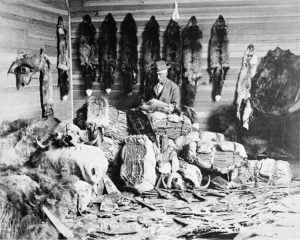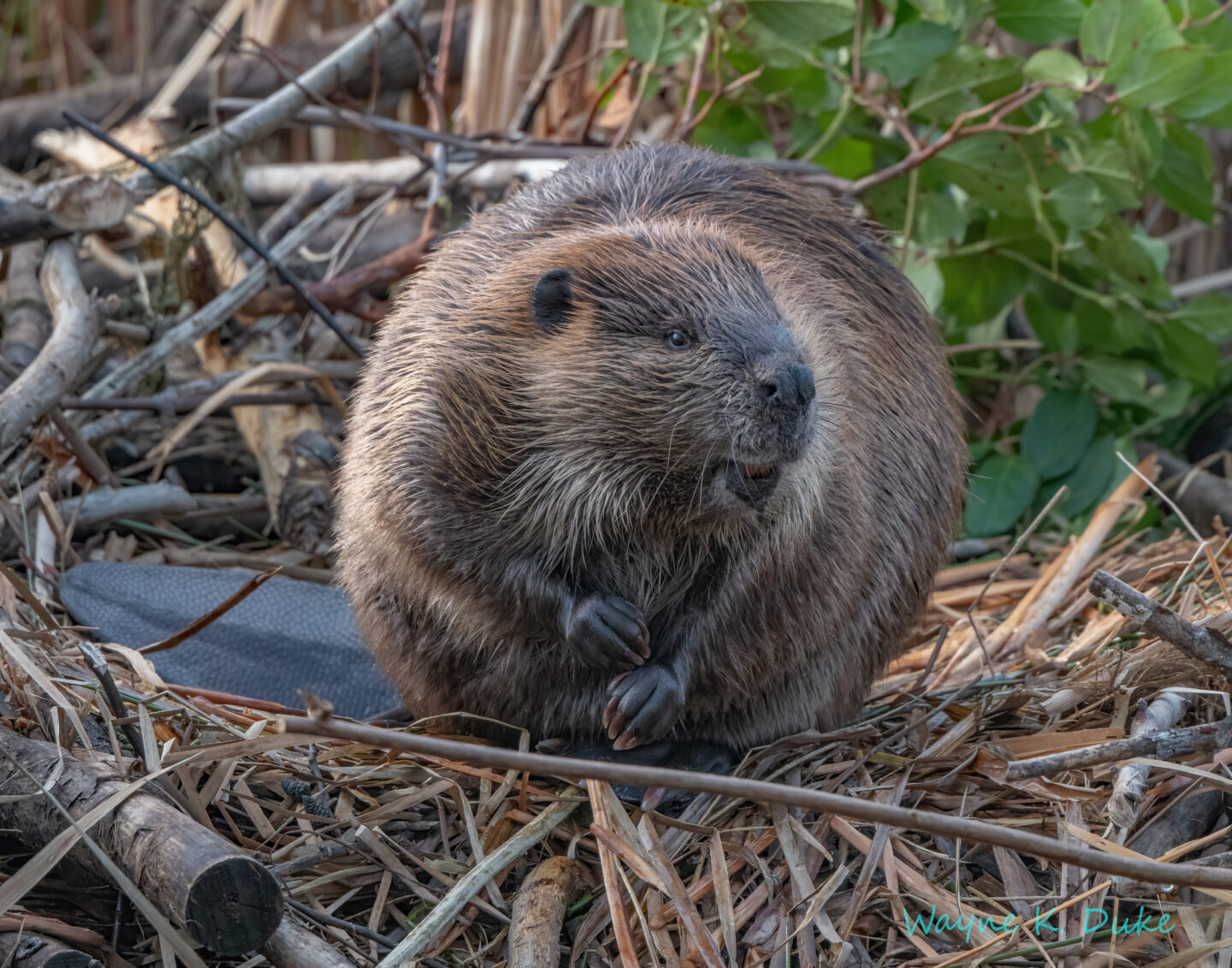
Wildlife
Rethinking the beaver
Has there ever been a national symbol more loathed or misunderstood? Has there ever been a more important time for the beaver to flourish?
- 3360 words
- 14 minutes
Kids

As one of Canada’s most iconic animals, the beaver is the largest rodent in the country and the second-largest rodent in the world (after the capybara).

Common name: Beaver
Scientific name: Castor canadensis
Inuktut name: ᑭᒋᐊᖅ (Kigiaq)
Type: Mammal
Diet: Herbivore
Group name: Colony
Weight: 11 to 32 kilograms
Length: 74 to 90 centimetres (without tail); Tail length: 20 to 35 centimetres
COSEWIC Status: No status
The beaver has traditionally been an animal of great importance to First Nations in North America as a cultural icon and food source, with beaver pelts being the basis of trade with European settlers starting in the 1530s. Due to its impact on the history and development of Canada, the beaver is considered an “emblem” of the country, officially declared so in 1975.
Beavers are well-known for two particular characteristics: teeth and tails. The beaver’s long buck teeth help it chew on tree trunks and branches to gather wood for building its home, called a lodge, a dry living area which it accesses through underwater entrances and ramps. To protect this lodge from being washed away the beaver will build a dam, which slows down the water flowing in the streams it inhabits.
Beavers, like the impressive architects they are, build their dams in slow-flowing streams, using a combination of sticks, logs, mud and other natural debris. Their strong tails are used to pat mud into place on the dams, keeping the entire structure sound and secure. Beavers also use their tails as propellers when swimming, and to prop themselves up when standing or sitting on land.
Beavers are excellent swimmers and can even chew underwater without getting water in their lungs, thanks to a special flap at the back of their mouths. Beavers have clear membranes over their eyes that help them to see underwater, like goggles. They can also hold their breath for up to 20 minutes while working underwater!
A beaver’s teeth never stop growing over the course of their lifetime. In order to keep them at a healthy size, beavers grind their upper and lower teeth against each other, filing them down. Chewing on wood all day long also helps keep their teeth strong and at a safe size.
As the colder months approach, the water around the lodge, along with the layer of mud and grass over it, will freeze, keeping out predators like lynx and wolves. Otherwise, if a beaver ever feels threatened, it will slap its tail on the surface of the water to warn other beavers in the area, then it will dive deep underwater to stay safe.
Their diet consists of new tree bark on certain trees (birch, aspen, willow, alder and cottonwood), twigs, leaves and pond vegetation.
Beavers can be found in lakes and streams all over Canada. The world’s longest beaver dam is found in Alberta’s Wood Buffalo National Park and is almost 800 metres in length. The average dam is only about 100 metres in length!
Are you passionate about Canadian geography?
You can support Canadian Geographic in 3 ways:

Wildlife
Has there ever been a national symbol more loathed or misunderstood? Has there ever been a more important time for the beaver to flourish?

Wildlife
Wildlife photographers on the thrill of the chase — and the importance of setting ethical guidelines

Wildlife
An estimated annual $175-billion business, the illegal trade in wildlife is the world’s fourth-largest criminal enterprise. It stands to radically alter the animal kingdom.

Wildlife
This past summer an ambitious wildlife under/overpass system broke ground in B.C. on a deadly stretch of highway just west of the Alberta border. Here’s how it happened.